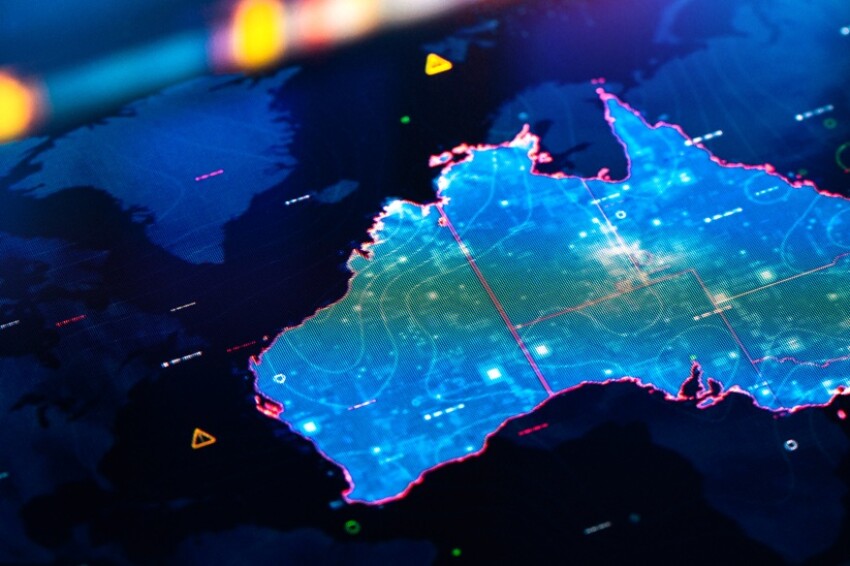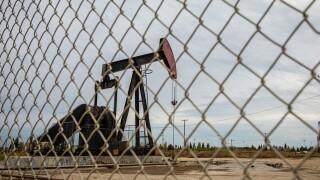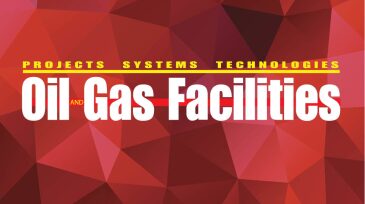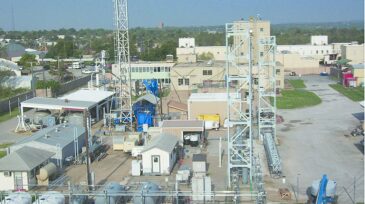Onshore/Offshore Facilities
Estimates commissioned by the Australian government suggest that increasing efficiency will lower costs for decommissioning offshore Australia.
This paper introduces an AI-driven digital fencing system designed to boost security in oil and gas fields. The main objectives are to improve security and safety of oil and gas facilities while addressing the limitations of legacy physical barriers, reducing false alarms, and eliminating the dependability on the grid in favor of renewable energy.
The contract will cover the design and manufacturing of tree systems, flexible flowlines, a manifold, and controls, as well as installation of the subsea production system.
-
When energy and healthcare collaborate, innovation is born. Pumps and Pipes, an unprecedented cross-industry collaboration between oil and gas exploration and production (E&P), cardiovascular medicine, aerospace, and academia, has grown into an international forum for transferable ideas and technolo
-
To provide a best practice approach aimed aimed at reducing delivery time and production costs and improving material quality, a joint industry project led by DNV GL resulted in a recommended practice for steel forgings in subsea applications.
-
To help the industry understand offshore-facility weight predictability, IPA recently conducted a comprehensive study that sheds new light on facility weight performance and identifies the root causes of weight growth, providing guidelines for improving predictability.
-
The SPE Separations Technology Technical Section (STTS) continues its study of gas scrubbing technology with a special session at the 2015 SPE Annual Technical Conference and Exhibition on 28–30 September in Houston.
-
A simple, practical, and reliable method to detect a gas leak under the conditions of unknown inlet or outlet gas rate, or unknown inlet or outlet pressure, is highly desirable. This paper discusses such a method.
-
This paper describes the measures put in place so that the mooring system of the Gryphon Alpha FPSO could be replaced and reconnected on an efficient schedule.
-
The Mars-B project is the operator’s sixth Gulf of Mexico (GOM) tension-leg-platform (TLP) development.
-
Innovation is the life-blood of any high-tech industry, and the operators are the primary beneficiaries of its application.
-
Created by the Institute for Energy Technology in Norway in 1979, Olga was the oil and gas industry’s first transient multiphase flow model. A source of national pride, the program has been declared one of the country’s most important innovations in recent decades.
-
In the realm of enabling technologies, multiphase flow modeling has proven to be one of the most important to the oil and gas industry. Without it, nearly all subsea wells would be too costly or dangerous to develop.













